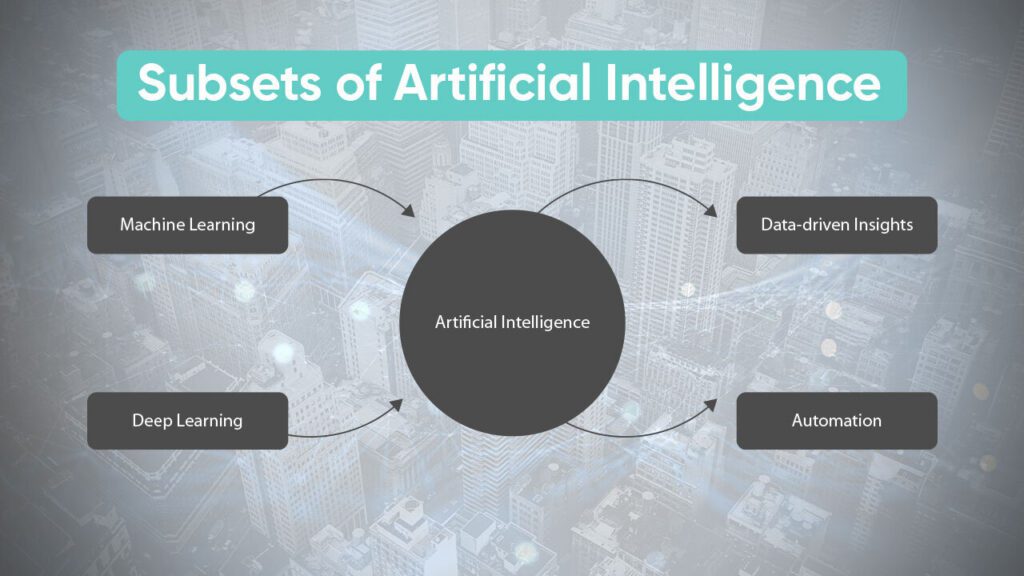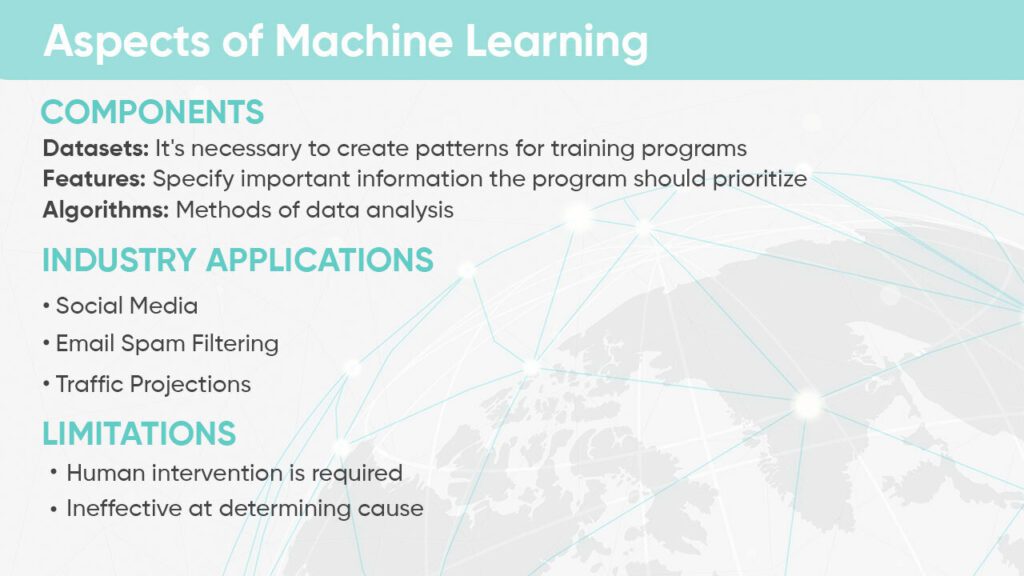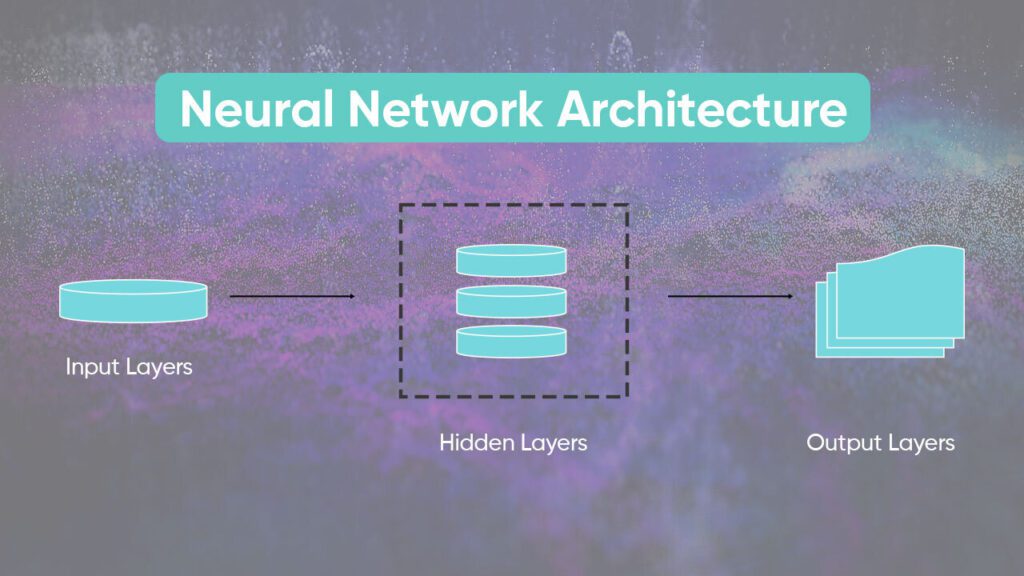Frequently Asked Questions
What is the difference between deep learning and machine learning?
Deep learning is a branch of machine learning that focuses on artificial neural networks and their ability to learn complex patterns and extract high-level information. On the other hand, machine learning refers to a wider range of algorithms and methods that provide computers with the ability to learn from data and make predictions or choices.
How does supervised learning differ from unsupervised learning?
Supervised learning involves training a model on labeled data, where inputs are paired with corresponding outputs. The model learns from these examples to generate predictions on new, previously unknown data. Unsupervised learning, on the other hand, operates without labeled data and seeks to identify hidden patterns and structures within the dataset.
What is reinforcement learning?
Reinforcement learning is a technique in which an agent interacts with its environment to learn optimal behaviors through trial and error. Reward or penalty feedback is provided to the agent, enabling it to develop better decision-making skills over time and optimize long-term benefits.
How do neural networks work?
Deep learning neural networks are made up of interconnected nodes (neurons) organized in layers. Data is received at the input layer and then sent via several hidden levels to reach the output layer. In order to improve the network’s capacity for learning intricate representations and producing precise predictions, the connections between neurons are changed during training.
What are the advantages of deep learning?
Deep learning is particularly effective at processing complicated data for tasks like autonomous driving, audio and picture recognition, and natural language processing. It differs from conventional machine learning techniques in that it can extract useful features from raw data and build hierarchical representations.
What are some practical applications of machine learning?
Machine learning has applications in a wide range of fields, including predictive analytics, fraud detection, recommendation systems, natural language processing, and medical diagnostics. It lets businesses make data-driven decisions, automate processes, and extract useful insights from data.
How do convolutional neural networks (CNNs) contribute to deep learning?
Convolutional neural networks (CNNs) are a particular kind of deep learning architecture made for evaluating visual input, such as photos. CNNs are very good at tasks like image classification, object identification, and image synthesis because they use convolutional layers to extract significant features and patterns from images.
Can deep learning be used in fields other than computer vision?
Absolutely, While deep learning first became popular for computer vision problems, it has now been applied to numerous disciplines. It is currently widely utilized in a variety of fields where complicated data analysis and pattern recognition are necessary, including speech and language processing, autonomous cars, drug development, financial forecasting, and many more.
What are the prerequisites for implementing deep learning or machine learning?
To implement deep learning or machine learning, you’ll need a solid understanding of programming languages like Python, knowledge of relevant libraries such as TensorFlow or PyTorch, and familiarity with mathematics and statistics concepts like linear algebra and probability theory.
How can businesses benefit from incorporating deep learning and machine learning?
Businesses may use deep learning and machine learning to open new potential for innovation and growth, automate procedures, improve customer experiences, improve decision-making, and obtain important insights from their data.



